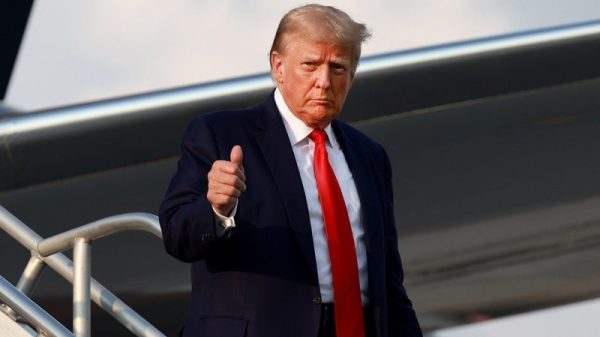The recent concerns around an impending American recession have sent shockwaves through international markets, triggering a significant selloff of assets and pointing towards a gloomy U.S. market open in the days to come. These fears have been amplified by a combination of economic indicators, geopolitical tensions, and global uncertainties, painting a grim picture for investors worldwide.
One of the key indicators that have fueled recession fears is the inversion of the yield curve. This phenomenon, where short-term interest rates surpass long-term rates, has historically preceded economic downturns. The U.S. Treasury yield curve inversion in particular, with the 10-year Treasury yield falling below the 2-year yield, has set off alarm bells among analysts and investors alike.
Moreover, escalating trade tensions between the U.S. and China have added to the uncertainty surrounding the global economy. The tit-for-tat tariffs imposed by both countries have not only disrupted supply chains and raised production costs but have also heightened fears of a prolonged trade war with far-reaching repercussions for the world economy.
In addition to economic indicators and trade disputes, geopolitical tensions in regions such as the Middle East and Europe have further exacerbated market concerns. Events such as the recent attacks on oil facilities in Saudi Arabia and the uncertainties surrounding Brexit have added to the prevailing sense of unease and have contributed to the sell-off in international markets.
The Federal Reserve’s monetary policy decisions also play a crucial role in shaping market sentiment. While the Fed cut interest rates in July – the first such move since the financial crisis – there are heightened expectations for further rate cuts in the coming months. These expectations reflect concerns about weakening economic growth and the need for additional stimulus to ward off a potential recession.
Against this backdrop of economic indicators, trade tensions, geopolitical uncertainties, and monetary policy decisions, investors are bracing for a turbulent period ahead. The selloff in international markets not only reflects current apprehensions but also serves as a harbinger of the challenges that lie ahead for the U.S. economy and its global counterparts.
In conclusion, the recent selloff in international markets driven by fears of an American recession underscores the fragility of the global economic landscape. As investors navigate through these turbulent times, they must remain vigilant, adaptive, and prepared for further volatility in the markets. While the future may hold uncertainties, staying informed and diversified in investment strategies can help mitigate risks and capitalize on opportunities in an ever-changing financial landscape.






















